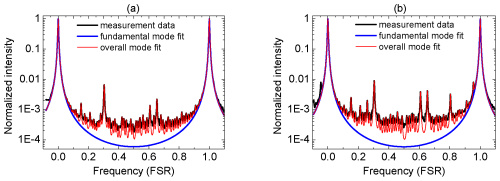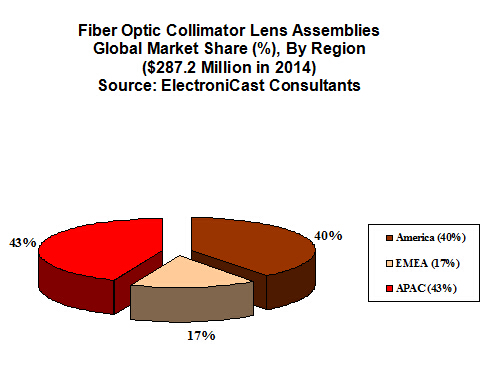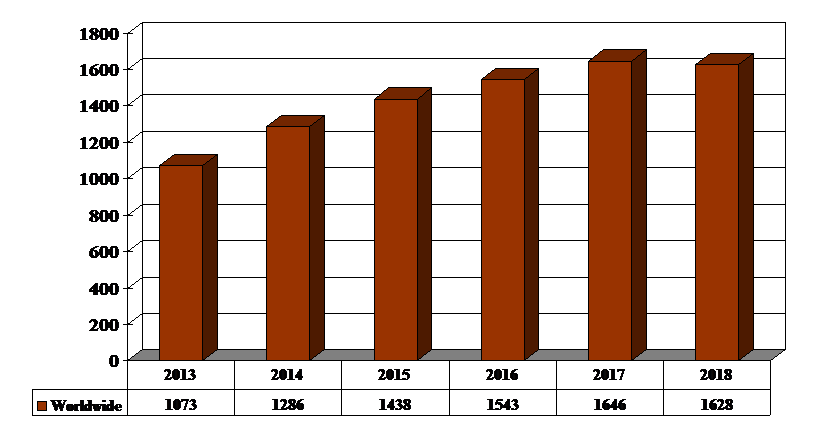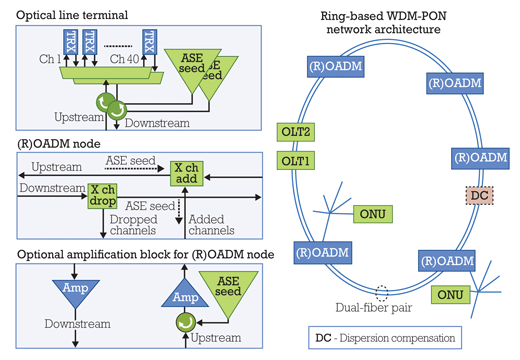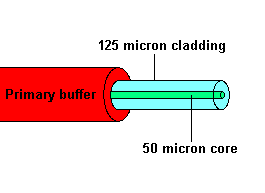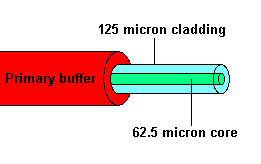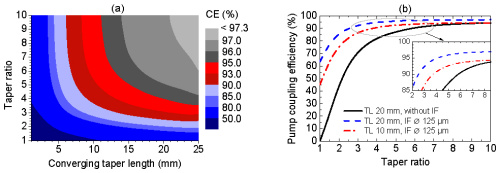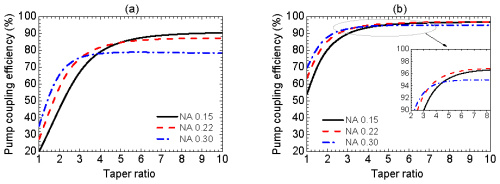Parasitic signals are usually undesirable elements and most often unavoidable too. When parasitic elements are encountered in sensitive components like pump laser diodes, you need to take precautions to get rid of these parasitic signals. Otherwise, parasitic signals can lead to crosstalk, interference, and unreliable operation. That’s where pump laser protectors come into the picture.
Why do we need to protect the pump laser from parasitic signals?
Pump lasers and pump laser diodes are the components that require having high reliability. However, if we keep allowing parasitic signals to reflect into the laser, it can lead to errors, performance degradation, and unstable operation. Therefore, pump laser protectors play a great role in ensuring the safe and reliable operation of pump laser diodes.
Now, you must be wondering what exactly pump laser protectors are. Let’s find out.
What are pump laser protectors?
Pump laser protectors are passive components that are specifically designed to protect the laser’s center wavelength by preventing parasitic signals from being reflected back in the laser. Besides, they also allow maximum transmission from discrete pump laser diodes that are fiber-coupled. Since pump laser protectors filter out parasitic signals by blocking them, these passive components are also known as pump laser filters.
What are the applications of pump laser protectors?
Pump laser protectors find their use in a variety of applications, such as:
- Fiber amplifiers: Can be used with fiber amplifiers that are used to boost optical signals directly without converting them into electrical signals.
- Fiber laser: Can be utilized with solid-state type laser that utilizes optical fiber as the gain medium and is widely used for material processing, telecommunication, etc.
- Testing: It is not easy to distinguish the effects of parasitic signals, which made it many times difficult to measure the performance of certain fiber optic components. Pump laser protectors can help with testing.
- Instrumentation: Can help achieve a high signal to noise ratio
What Properties Do Pump Laser Protectors Have?
When buying pump laser protectors, you should verify if they:
- Have low insertion loss
- Can handle high power
- Offer high isolation
- Are highly reliable
- Have excellent temperature stability
- Are highly affordable
Where Can I Buy High-Quality Pump Laser Protectors (Filters)?
If you are looking to buy high-quality pump laser protectors, look no further than DK Photonics. We can provide you with pump laser protectors in different specifications. Even if you can’t find pump laser protectors with the specifications you are looking for, you can place a custom order and we will facilitate you with it. All you need is to contact us and share your custom specifications.


